In 1888, Joachim Murie and Marie Frimanslund moved from Yavick, Norway to Moorhead, Minnesota and married soon thereafter. Together with Marie’s brother, Henrick, they purchased a homestead. Their first child, Olaus, was born on March 1, 1889. Marie gave birth to five more children, including Martin (1891) and Adolph (1899). In 1895, Joachim died at the age of thirty-seven likely due to tuberculosis. In April of 1899, Marie married Ed Winstrom, a Swedish bartender in Moorhead. Unfortunately, Ed died from tuberculosis two months into their marriage, but Adolph was already conceived. He was born September 6, 1899. In 1909, the family also adopted a girl named Clara. Olaus and Adolph both developed an interest in nature as boys. To help with family finances, they cut grass for their neighbors, worked for local gardeners, and hunted and fished alongside the Red River. Olaus and Adolph both attribute this time of camping, hunting, fishing, and canoe-making to stimulating their fascination with the natural world.
|
In 1888, Joachim Murie and Marie Frimanslund moved from Yavick, Norway to Moorhead, Minnesota and married almost immediately. Together with Marie’s brother, Henrick, they purchased a homestead. Their first child, Olaus, was born on March 1, 1889. Marie gave birth to five more children, including Martin (1891) and Adolph (1899). In 1895, Joachim died at the age of thirty-seven likely due to tuberculosis. In April of 1899, Marie married Ed Winstrom, a Swedish bartender in Moorhead. Unfortunately, Ed died from tuberculosis two months into their marriage, but Adolph was already conceived. In 1909, the family also adopted a girl named Clara. To help with family finances, they cut grass for their neighbors, worked for local gardeners, and hunted and fished alongside the Red River. Olaus and Adolph both attribute this time of camping, hunting, fishing, and canoe-making to stimulating their fascination with the natural world.
|
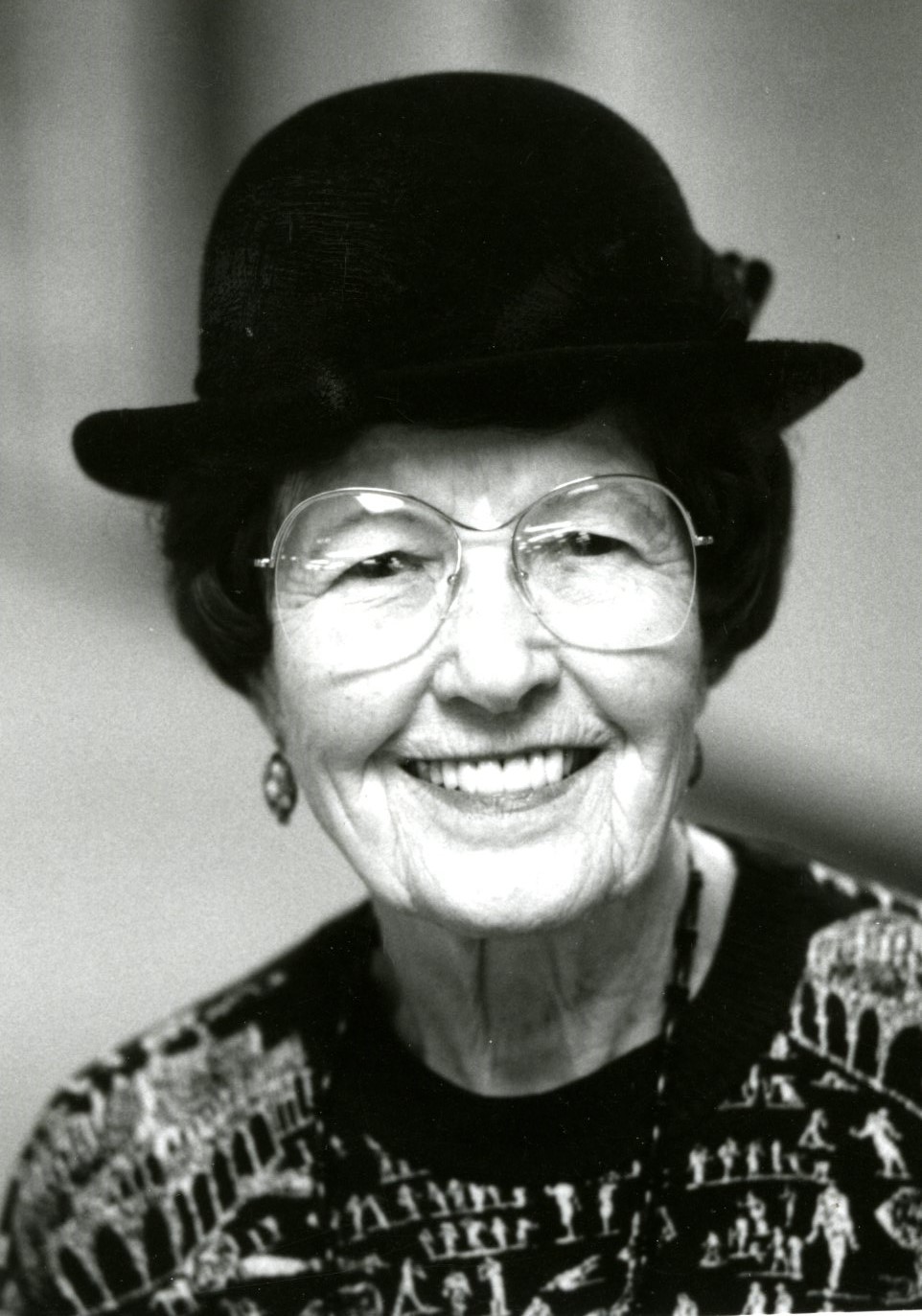 Elsie Mallinger was born near Sabin, Minnesota on March 2, 1903, the seventh of nine children. Her parents, John and Elizabeth Mallinger, moved to a farm near Ada, Minnesota when Elsie was young. Elsie entered country school at age four. Eventually she started teaching other students in the back of the class while the teacher continued teaching in the front. Elsie graduated high school at age sixteen and returned to her family’s farm for some time. She then attended Dakota Business College in Fargo, graduating in seven weeks. Elsie Mallinger was born near Sabin, Minnesota on March 2, 1903, the seventh of nine children. Her parents, John and Elizabeth Mallinger, moved to a farm near Ada, Minnesota when Elsie was young. Elsie entered country school at age four. Eventually she started teaching other students in the back of the class while the teacher continued teaching in the front. Elsie graduated high school at age sixteen and returned to her family’s farm for some time. She then attended Dakota Business College in Fargo, graduating in seven weeks.
|
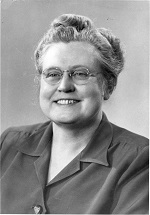 In 1937, Dr. Mae Anderson became the first woman to head a department at Concordia College in a non-traditional subject for women: mathematics. She was also one of the few women in the United States to achieve a doctorate in the subject before 1940. In addition to her scholarly achievements she was active in campus organizations and events. In 1937, Dr. Mae Anderson became the first woman to head a department at Concordia College in a non-traditional subject for women: mathematics. She was also one of the few women in the United States to achieve a doctorate in the subject before 1940. In addition to her scholarly achievements she was active in campus organizations and events.
|
 Martha Brennun was a Norse and math instructor at Concordia, who later worked as registrar. Brennun was the salutatorian of the first collegiate class at Concordia. She also helped establish the first literary society at the college. Martha Brennun was a Norse and math instructor at Concordia, who later worked as registrar. Brennun was the salutatorian of the first collegiate class at Concordia. She also helped establish the first literary society at the college.
|
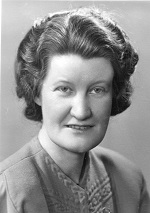 In 1944, Anna Jordahl was appointed head librarian at Concordia College. In this capacity she helped develop the plans for the Carl B. Ylvisaker library, built in 1956, which gave her the space to increase the collection size to over 100,000 volumes before her retirement in 1973. In 1944, Anna Jordahl was appointed head librarian at Concordia College. In this capacity she helped develop the plans for the Carl B. Ylvisaker library, built in 1956, which gave her the space to increase the collection size to over 100,000 volumes before her retirement in 1973.
|
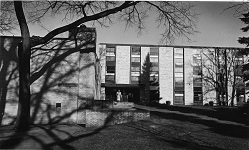 The construction of Park Region Hall in the mid-1950s as a women’s dormitory was part of Concordia’s response to increasing post-WWII student enrollment as well as the availability of government loans. From 1951 to 1955 the college’s enrollment increased by fifty-two percent, with 1354 students registered for the 1955-56 academic year. In addition to providing a new housing option for students, Park Region Hall experimented with a new form of residence governance that was eventually adopted across campus. In the twenty-first century the dormitory remains a place to test new ideas. During the 2016-2017 academic year Park Region was the first Concordia dormitory to offer a sexuality- and gender-inclusive floor. The construction of Park Region Hall in the mid-1950s as a women’s dormitory was part of Concordia’s response to increasing post-WWII student enrollment as well as the availability of government loans. From 1951 to 1955 the college’s enrollment increased by fifty-two percent, with 1354 students registered for the 1955-56 academic year. In addition to providing a new housing option for students, Park Region Hall experimented with a new form of residence governance that was eventually adopted across campus. In the twenty-first century the dormitory remains a place to test new ideas. During the 2016-2017 academic year Park Region was the first Concordia dormitory to offer a sexuality- and gender-inclusive floor.
|
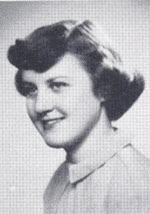 Margaret Signora Callsen discovered a love of learning in her time as a student at Concordia that she carried with her throughout the rest of her life and career. This love of learning grew in Callsen and she became determined to spread it to others through her own teaching at several universities. After her retirement she continued to encourage education by providing a generous donation to Concordia College to support junior faculty and undergraduate research. Margaret Signora Callsen discovered a love of learning in her time as a student at Concordia that she carried with her throughout the rest of her life and career. This love of learning grew in Callsen and she became determined to spread it to others through her own teaching at several universities. After her retirement she continued to encourage education by providing a generous donation to Concordia College to support junior faculty and undergraduate research.
|
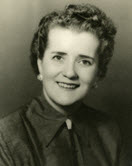 Coya Knutson is a Concordia alumna who can serve as an inspiration for women across the United States, and especially from the North Dakota/Minnesota area. She was a strong-minded, independent woman in an era when women were often in the background of their own lives. Knutson was an effective member of Congress; however, her career as a U.S. Representative was unfortunately cut short. She was defeated in her bid for reelection due to inherent sexism in politics at the time, accomplished through actions by her Democratic-Farmer-Labor party colleagues in collaboration her husband. Coya Knutson is a Concordia alumna who can serve as an inspiration for women across the United States, and especially from the North Dakota/Minnesota area. She was a strong-minded, independent woman in an era when women were often in the background of their own lives. Knutson was an effective member of Congress; however, her career as a U.S. Representative was unfortunately cut short. She was defeated in her bid for reelection due to inherent sexism in politics at the time, accomplished through actions by her Democratic-Farmer-Labor party colleagues in collaboration her husband.
|
 Norma Gooden Ostby took charge of Concordia’s dramatic program in 1932. Initially the theatre was unsupported by a formal budget or theater season; Ostby described the early productions as a “desperate financial enterprise.” In 1938, Ostby revitalized the artistic community of Concordia College by forming the Concordia Theatre, which provided the school with the organization and budget necessary to hold an annual theater season. Norma Gooden Ostby took charge of Concordia’s dramatic program in 1932. Initially the theatre was unsupported by a formal budget or theater season; Ostby described the early productions as a “desperate financial enterprise.” In 1938, Ostby revitalized the artistic community of Concordia College by forming the Concordia Theatre, which provided the school with the organization and budget necessary to hold an annual theater season.
|







